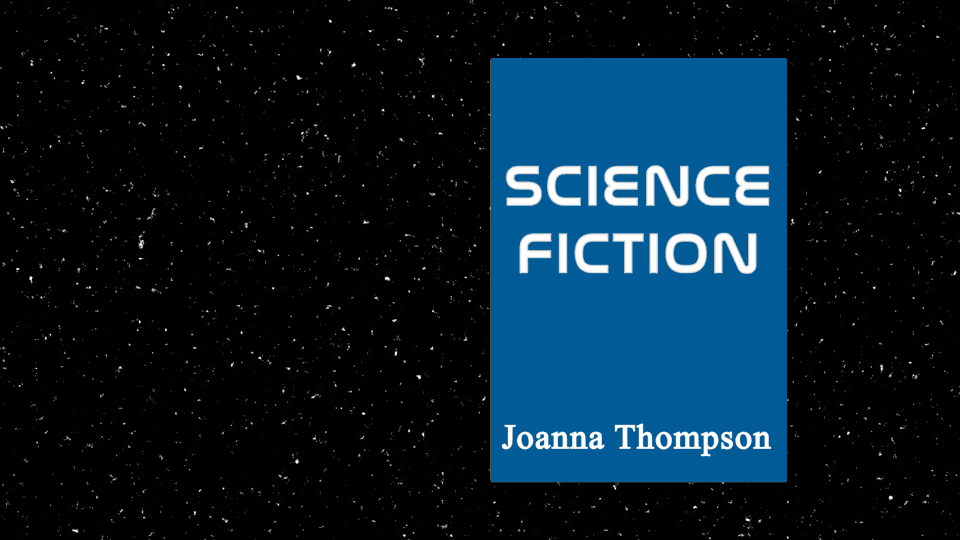Novel Science: The entangled web we weave
Meet the mother of faster-than-light communication
Joanna Thompson • March 1, 2021

Science fiction, brought to reality. [Credit: Niko McCarty | CC BY-NC-ND]
The ability to communicate remotely is a hallmark of modern human life. In the mid 1800s, the telegraph enabled global chit-chat; suddenly, people could send messages over vast distances without using horses or runners. Telephones, radio, email and, recently, video apps like Zoom have since made almost any type of communication possible from virtually anywhere on the planet.
But what if we wanted to communicate instantly with someone far away from Earth? What if that someone was, hypothetically, traveling on a spaceship at light-speed? For that, you would need an ansible, a faster-than light communication device dreamt up by the incomparable Ursula K. Le Guin.
The Fiction:
Ursula K. Le Guin’s ansible debuted in her first published novel, Rocannon’s World, in 1966. According to Le Guin, the name is a contraction of the word “answerable.” Though the device appears in many installments of her Hainish Cycle novels, its development is detailed in 1974’s The Dispossessed (which happens to be a personal favorite of mine, because I like fun sci-fi romps about POLITICAL THEORY and MATH!).
The Dispossessed takes place largely on the planet Urras, whose moon, Annares, is home to an anarcho-syndicalist commune. Our protagonist is a moon anarchist named Shevek who is exiled to hyper-capitalist Urras, where he develops the mathematical formula that will make the ansible possible. Rather than let it fall into the hands of the capitalists, though, he flees to (spoilers) Earth’s embassy so that the Terrans can deliver his calculations to the Galactic government and share them across the system.
The ansible has subsequently appeared in the work of several prominent science fiction authors — notably Orson Scott Card. In fact, many sci-fi fans’ first encounter with the ansible is in his 1985 novel Ender’s Game. This leads them, understandably, to assume that Card invented the device.
He did not.
The Science:
A fictional technology that allows someone on the ground to talk to a vessel traveling at the speed of light is, first and foremost, a great plot device. Because of relativity, time works differently at light-speed than it does for a stationary body. For someone on a light-speed mission, it might take just a few minutes to travel from point A to point B. But for their loved ones at point A, 60 years could pass. Obviously, this makes texting difficult.
We can’t travel at the speed of light (yet), but that hasn’t stopped scientists from looking into the possibility of faster-than-light communication, and a couple of avenues are currently under investigation. The first is a phenomenon called quantum entanglement, Einstein’s “spooky action at a distance.” When two particles become entangled, they mirror each other’s position no matter how much physical distance they’re separated by. Researchers have actually been able to induce this in a lab setting, albeit only with a couple of photons at a time.
Another proposed method involves tachyons, particles that travel faster than light-speed and move freely through time. The trouble, of course, is that tachyons might not exist.
The Verdict:
The problem of faster-than-light communication is catnip to both scientists and sci-fi writers alike. While we know for sure that it is possible to entangle quantum particles, it remains to be seen whether that research will yield a meaningful form of transmitting information. That said, we’re also a long ways off from light-speed travel, so we’ve got plenty of time.